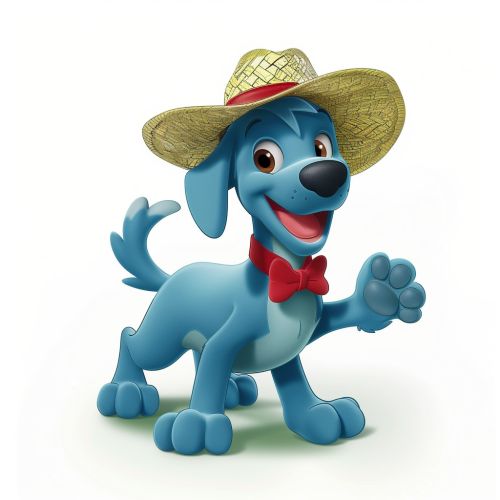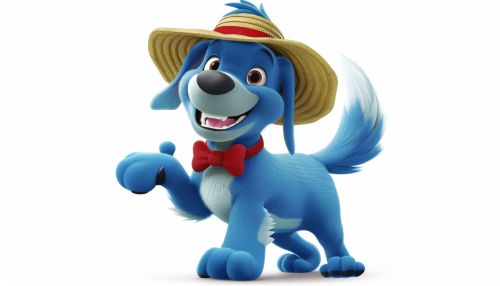Huckleberry Hound
Huckleberry Hound


Introduction
Huckleberry Hound is an iconic animated character created by the animation studio Hanna-Barbera. First appearing in 1958, Huckleberry Hound became one of the most beloved characters in American television animation. Known for his distinctive Southern drawl and laid-back demeanor, Huckleberry Hound has left a lasting impact on popular culture and the animation industry.
Creation and Development
Huckleberry Hound was created by William Hanna and Joseph Barbera, the founders of Hanna-Barbera Productions. The character was designed to appeal to both children and adults, featuring a blend of humor and charm. The voice of Huckleberry Hound was provided by Daws Butler, who used a Southern accent to give the character a unique and memorable personality.
The character's design is simple yet effective, featuring a blue anthropomorphic dog with a red bow tie and a straw hat. This design allowed for easy animation and became a recognizable trademark of the character.
The Huckleberry Hound Show
The character made his debut on "The Huckleberry Hound Show," which premiered in 1958. The show was one of the first animated series produced specifically for television and was a significant departure from the theatrical shorts that dominated the animation industry at the time. The show featured three segments: one starring Huckleberry Hound, another featuring Yogi Bear, and a third with Pixie and Dixie and Mr. Jinks.
The Huckleberry Hound segments typically involved the character taking on various jobs and encountering humorous situations. Despite his best efforts, Huckleberry often found himself in comical predicaments, showcasing his resilience and good-natured personality.
Cultural Impact
Huckleberry Hound quickly became a cultural phenomenon, earning widespread acclaim and a devoted fan base. The character's popularity helped establish Hanna-Barbera as a leading animation studio and paved the way for future successes such as The Flintstones and The Jetsons.
In 1960, "The Huckleberry Hound Show" received an Emmy Award for Outstanding Achievement in the Field of Children's Programming, making it the first animated series to win this prestigious award. This recognition highlighted the show's impact on the television industry and its role in shaping the future of animated entertainment.
Character Analysis
Huckleberry Hound's appeal lies in his relatable and endearing personality. His calm and optimistic demeanor, combined with his Southern drawl, made him a unique and memorable character. Unlike many animated characters of the time, Huckleberry Hound was not overly exaggerated or hyperactive, which allowed audiences to connect with him on a more personal level.
The character's versatility also contributed to his popularity. Huckleberry Hound could be placed in a variety of settings and situations, from being a cowboy to a policeman, which kept the show fresh and engaging for viewers.
Voice Acting
Daws Butler's portrayal of Huckleberry Hound is one of the most iconic voice performances in animation history. Butler's ability to infuse the character with warmth and humor was instrumental in bringing Huckleberry Hound to life. His use of a Southern accent added a layer of authenticity and charm, making the character instantly recognizable.
Butler's work on Huckleberry Hound also influenced future voice actors and set a standard for character-driven voice performances in animation. His collaboration with Hanna-Barbera extended to other characters, including Yogi Bear and Quick Draw McGraw, further solidifying his legacy in the animation industry.
Legacy
Huckleberry Hound's legacy extends beyond his original television show. The character has appeared in various Hanna-Barbera productions, including crossover specials and cameo appearances in other animated series. Huckleberry Hound has also been featured in comic books, merchandise, and even theme park attractions.
The character's influence can be seen in the development of other animated characters and shows. Huckleberry Hound's success demonstrated the potential of television animation and inspired future creators to explore new storytelling possibilities within the medium.
